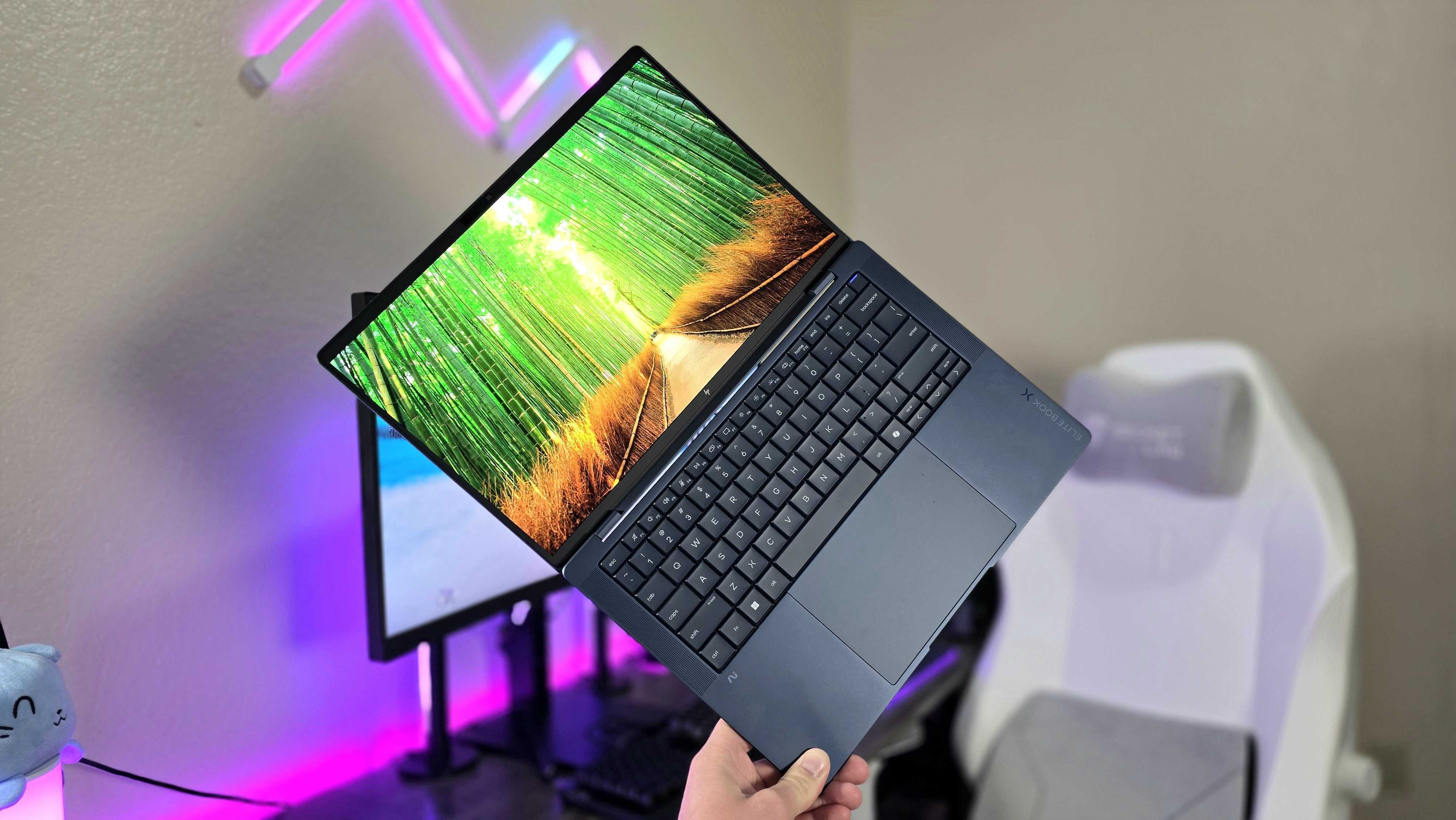I saw the future of Xbox at Gamescom, and it was in an app
Hands-on with Xbox Game Pass for TV.
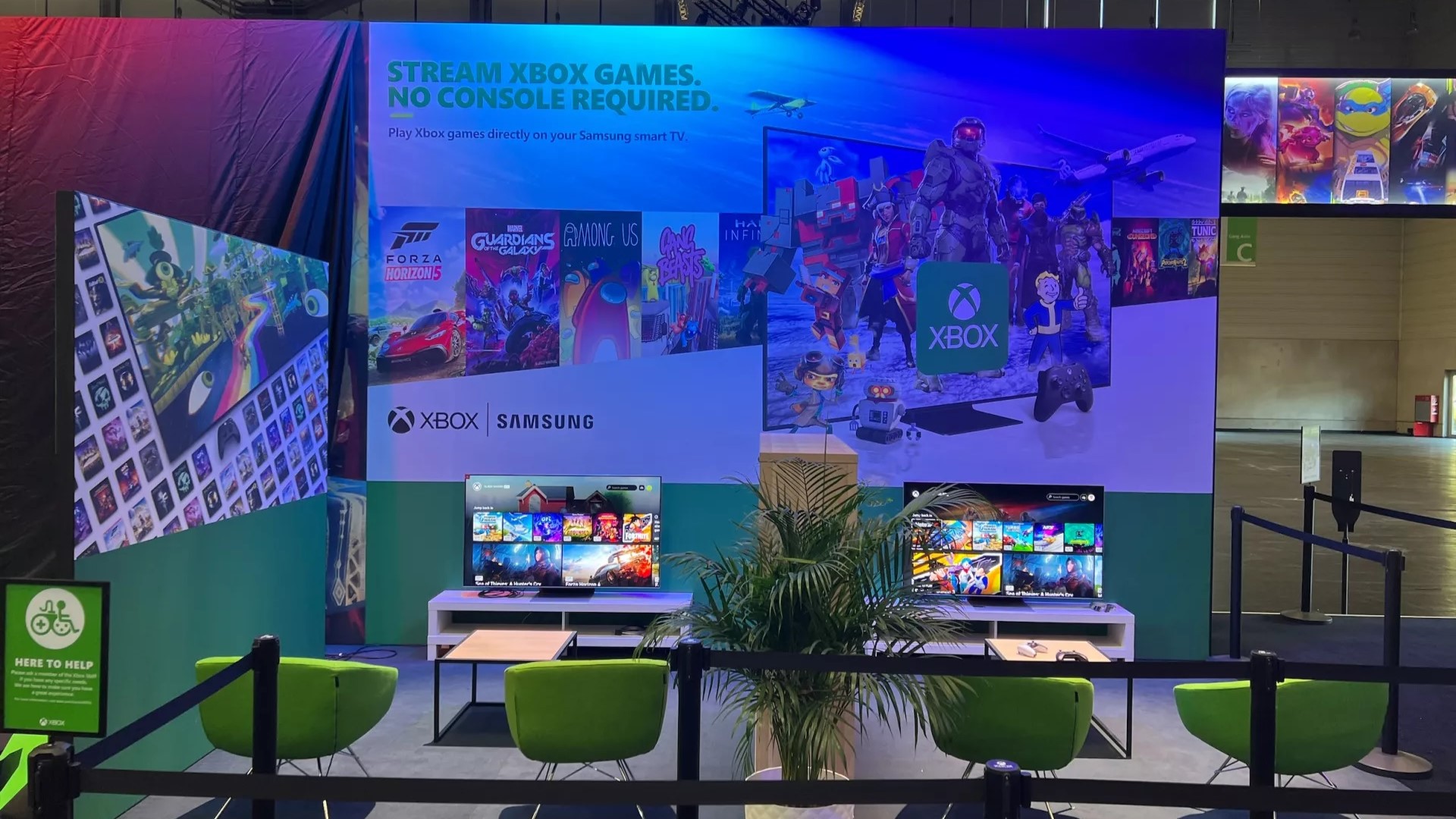
We’re officially entering the post-pandemic era, with conventions and trade shows spinning up again after a few years in hibernation. Gamescom 2022 has been the first event I’ve attended in almost three years, and it was admittedly a bit of a muted affair. Booths and floor presence were far smaller than usual, but the footfall seemed hardly different, with some event days fully sold out. If I don’t catch covid, it’ll be some kind of miracle — but I digress. We’re all here to talk about games!
Gamescom had a huge variety of games of all shapes and sizes, and I got to check out various upcoming Xbox games including Lies of P, Pentiment, The Callisto Protocol, Minecraft Legends, Serial Cleaners, and many more. The first piece of coverage I wanted to present to you all, however, doesn’t actually pertain to any specific game. Yet, I still feel like it was the biggest piece of Xbox and Microsoft news from the show, arguably flying under the radar beneath the glitz and glam of the next wave of shiny games. This pertains to a nifty piece of technology currently rolling out to 2022 Neo QLED Samsung smart TVs, and I got to try it for myself for the very first time at Gamescom.
I saw the future of Xbox at the show, and it was inside the Xbox Game Pass TV app.
Turning your TV into a full Xbox console
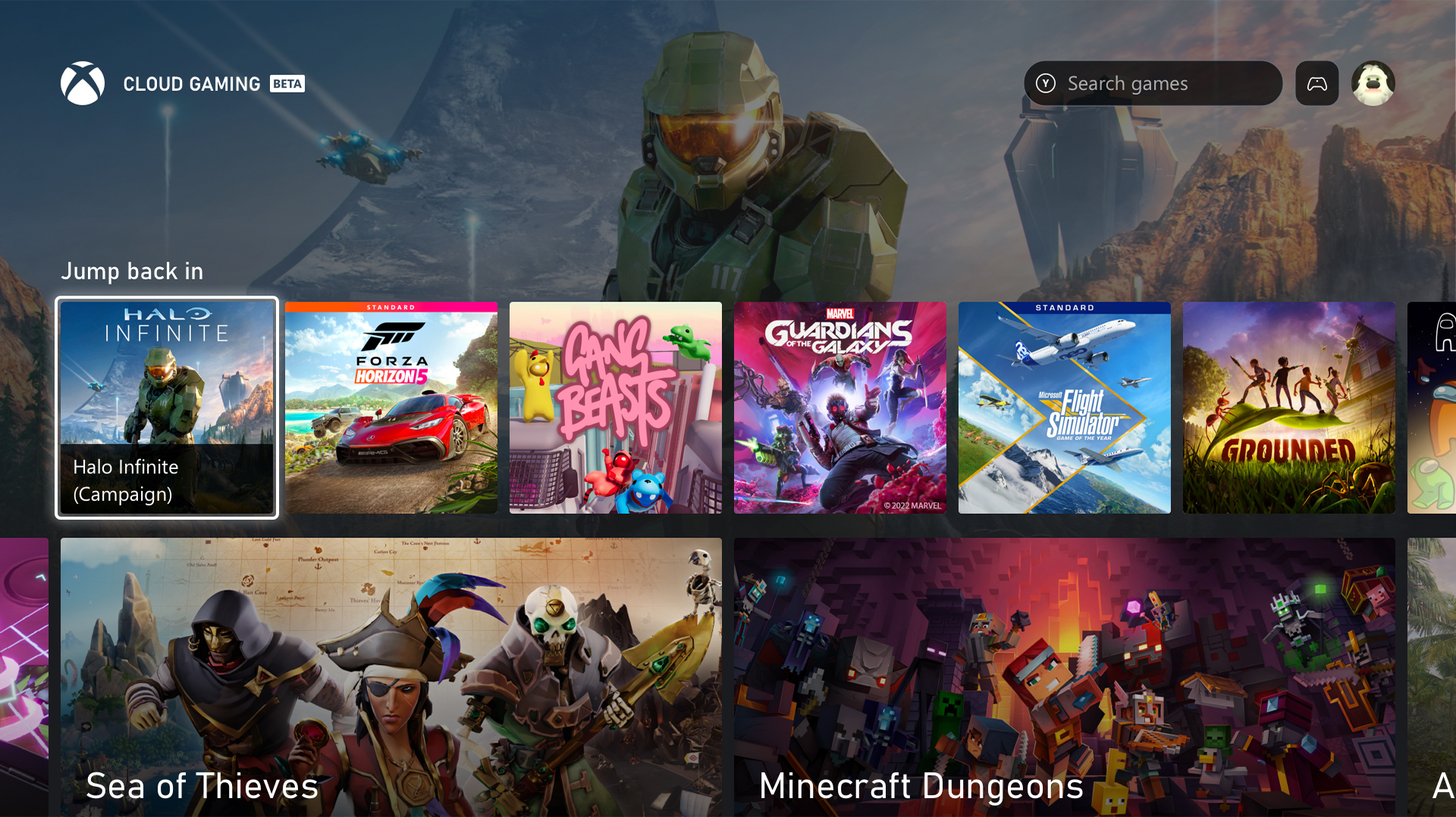
The Xbox TV app was announced a short while ago during Xbox’s E3 (not-E3) festivities, although it had been teased and hinted at for quite a long while before then. It’s the obvious next evolution for the service, competing for attention with the likes of Netflix and so on. It also makes sense from an end-user perspective, given that Xbox games are generally designed for the big screen and not a tiny phone interface.
The app itself looks a fair bit different from the current slate of Xbox apps available today. It’s perhaps most similar to the Xbox Game Pass app on Android or the web held at a landscape angle, spreading content in tracks by genre and other collections, similar to popular streaming apps like Disney+.
The Samsung NEO QLEDs and other 2022 TVs designed for this app seem to run it extremely well. It’s fast and fluid, taking advantage of the Samsung’s potent chips for both the app experience and the video encoding stream. Indeed, my experience was practically 1:1 with what customers will experience, running games from the nearest Azure data center rather than some locally hosted server, using the congested Ethernet network at the Koelnmesse convention center in Cologne, Germany.
It was somewhat eerie about how close it felt to simply playing on a new Xbox. The branding and content was obviously clearly familiar — and seeing that blown up on the TV with a connected Xbox controller — you’d be forgiven for forgetting you were playing via the cloud at all. There are some drawbacks, of course. There’s no Game DVR for recording, saving, and sharing gameplay footage. Nor is there any form of local co-op, as the current versions of the TV app don’t support multiple controllers as of writing — although that’s a feature Microsoft is actively exploring implementing alongside its partner Samsung.
All the latest news, reviews, and guides for Windows and Xbox diehards.
Despite the drawbacks, there are some obvious advantages for running the Xbox Game Pass app directly on a TV over a smartphone or tablet.
It felt so very close to the real thing
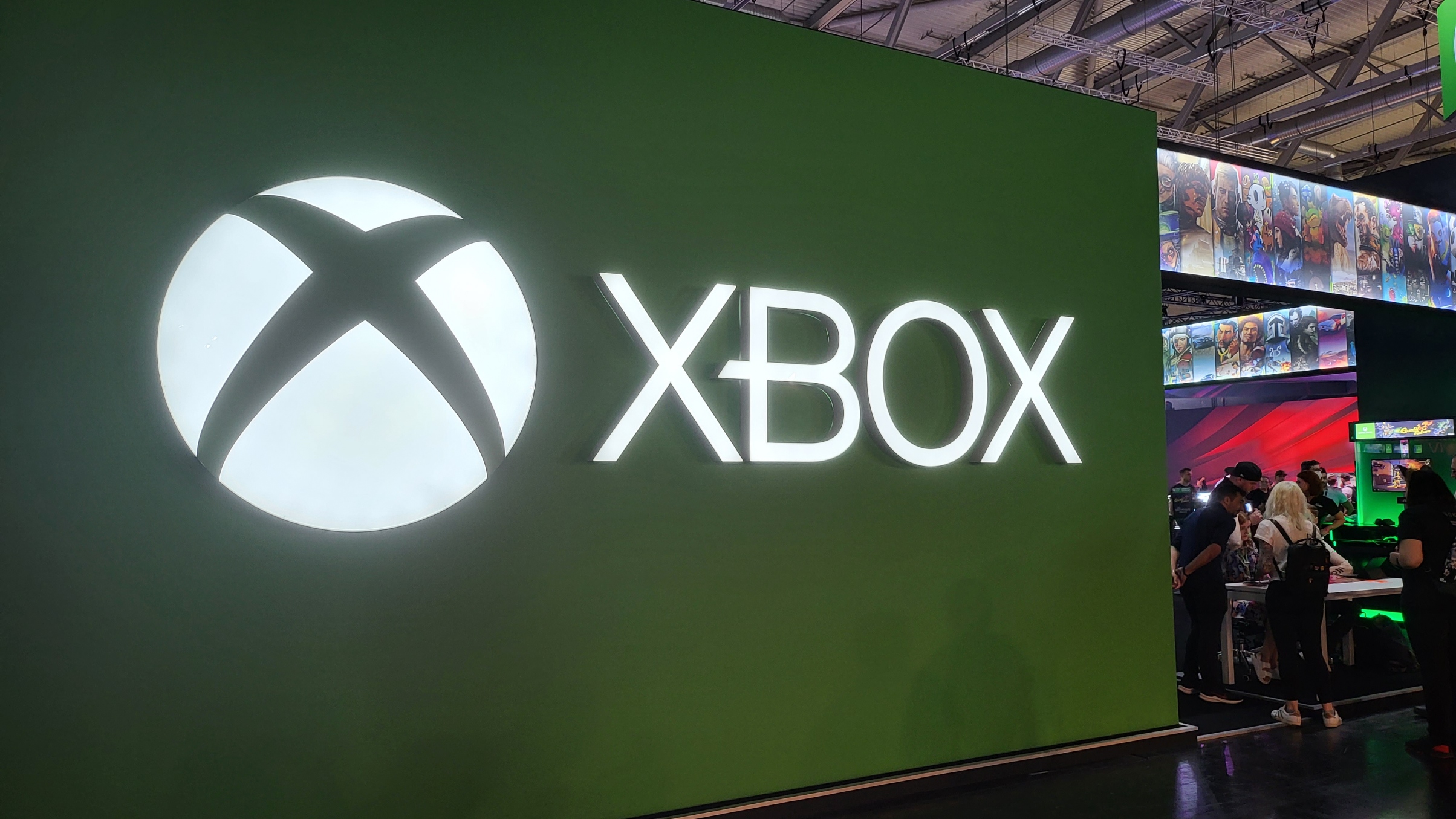
I’m a big proponent of Xbox Cloud Gaming, and frequently use it in bed with a standard Xbox controller and my Samsung Galaxy Z Fold 3, mounted on a tablet clamp for maximum laziness. This frees up the TV for my partner to watch shows, while letting me try out random games for consideration of more serious play sessions on my Xbox Series X. The TV app has some serious advantages over playing on a phone, particularly when you factor in work Samsung is doing on its side too.
On Android, streams seem to max out at 720p regardless of your phone’s resolution. I’m not sure exactly the reasoning behind this, but it’s probably something to do with ensuring the video encoding provides a quality stream while being responsive. Indeed, there’s a lot of behind-the-scenes algorithmic work being done locally to process the stream and your inputs to ensure a high-quality experience. Generally, on Android, I tend to avoid first-person shooters, since the input delay creates an uncanny feel that while isn’t unplayable, it tends to frustrate the experience when you’re used to something a little more responsive. The TV app provided a whole new dimension of usability, though.
It would be unfair to claim that my Xbox TV app experience was anywhere near what could be ideal conditions, given the thousands of users attached to the Koelnmesse internet pipeline. To my shock, Halo Infinite was not only native feeling, it also looked great too.
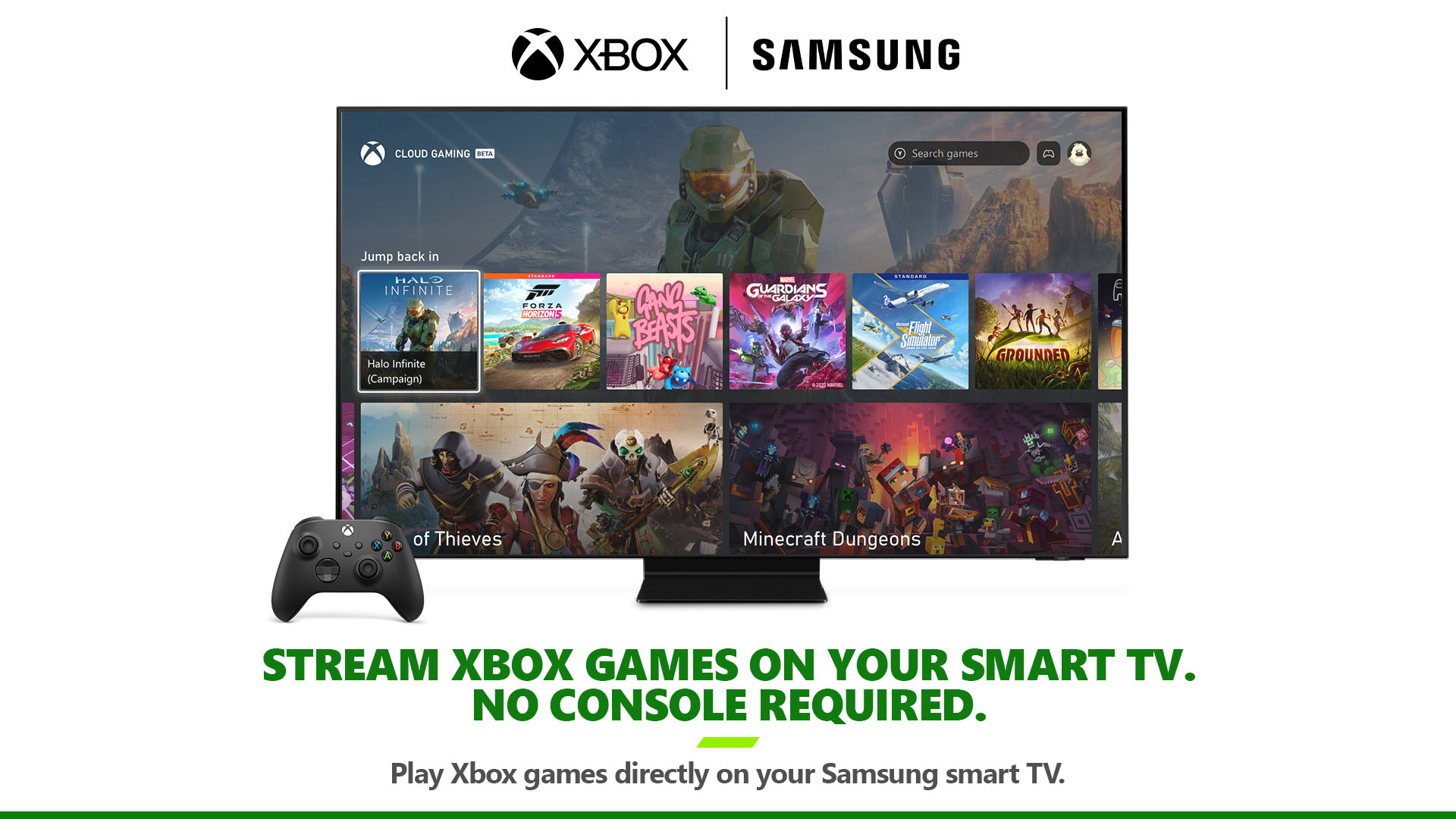
Speaking with Microsoft’s Harrison Hoffman, who is Principal Product Manager for Smart TV apps at Xbox, Hoffman noted that Samsung’s TVs have some in-built features that further improve the quality on the user-end of the stream. The game prioritizes performance and responsiveness over its raw visual quality, but it ran great at 1080p at 60 frames per second. Admittedly, there were some clear dropped frames here and there, but never did it impact the flow and speed of play. A few minutes into the experience, and it was easy to forget I was playing via the cloud at all.
The TV app crucially also supports in-app purchases, which is something the Google Play version doesn’t — owing to Alphabet’s anti-competitive store policies. This ensures a level of profitability for developers who join the service that Google (and Apple) would happily prefer they didn’t have access to.
It won’t replace home consoles, but that isn’t the point
Ultimately, the Xbox TV app isn’t necessarily going to be for me, or possibly even for you, dear reader. If you’re an Xbox fan, it’s likely that you already have a local Xbox console — which is a more refined experience with a large array of additional features such as Game DVR, local multiplayer, and so on. The Xbox Game Pass TV app is ultimately about finding all of those users out there who simply don’t want a console, or don’t feel like they need it in their lives. It’s a minimalist’s dream, and will help Xbox tap into a completely new audience of users who are used to services like Netflix and Disney+ as standard.
For casual gamers, they’ll be hard pressed to really tell (or care) about the occasional dropped frame, particularly in side-scrolling experiences that perform better on the video encoding algorithms anyway. If you’re a parent who isn’t interested in learning the nuances of setting up a video game console for home use, the barrier to play becomes virtually eliminated as a result of this service. Giving a kid access to games like Minecraft, Forza Horizon, and Peppa Pig without having to jump through the hoops of a HDMI-based home console will help Xbox attach a vast new userbase, perhaps most critically amongst youngsters who could view Xbox Game Pass as the default way to experience gaming content growing up.
The genius of Xbox Cloud Gaming is the fact it’s comprised of Xbox console hardware, which future-proofs local gaming. As long as Xbox Cloud Gaming exists, so too will home consoles, since it’s all based on the same architecture and development environment. Xbox will be able to continue to package and sell home console hardware for the enthusiast crowd, while offering that same hardware re-packaged as remote servers to a more casual audience. For those who seek value above all else, the upcoming Xbox streaming console will also bring these features to regular HDMI TVs as well, without having to deal with the high costs of Samsung’s Neo QLED line. And sure, it might be exclusive to Samsung today, but that won't always be the case. Xbox’s Game Pass Friends & Family plan will extend that value and access even further, too.
The genius of Xbox Cloud Gaming is the fact it’s comprised of Xbox console hardware, which future-proofs local gaming.
The quality of the experience, the vastness of the full Xbox Game Pass library, and the utterly jaw-dropping value of the subscription fee is remaking the entire game industry around Microsoft’s vision. All of gaming stands to benefit as a result of improved access, and more affordable access to hundreds of games in this exciting new market. It will also give console developers access to those massive casual audiences, without Google or Apple gatekeeping access to in-app purchases. It’ll also give creative developers access to those massive casual audiences without having to pander to the gambling-first gaming formats that Apple and Google prefer to promote on their storefronts. The fact that all of these gamers are ultimately Xbox console users, cloud or not, will also encourage developers to bring their titles to Xbox natively as well, since it’s all the same developer ecosystem.
As long as Xbox can execute, Xbox on TVs arguably have more potential than even on phones, and whether you’re a developer or an Xbox customer — cloud user or not — it’s ultimately going to be incredibly beneficial for everybody involved.

Jez Corden is the Executive Editor at Windows Central, focusing primarily on all things Xbox and gaming. Jez is known for breaking exclusive news and analysis as relates to the Microsoft ecosystem while being powered by tea. Follow on Twitter (X) and tune in to the XB2 Podcast, all about, you guessed it, Xbox!

